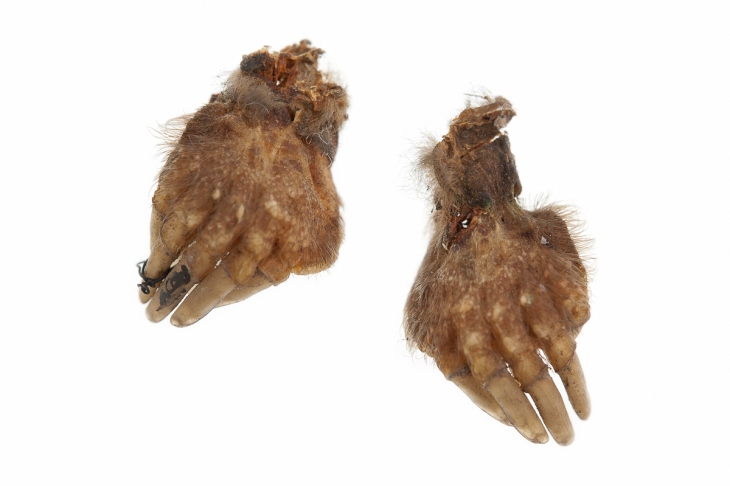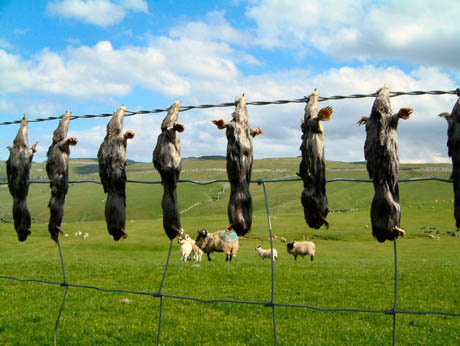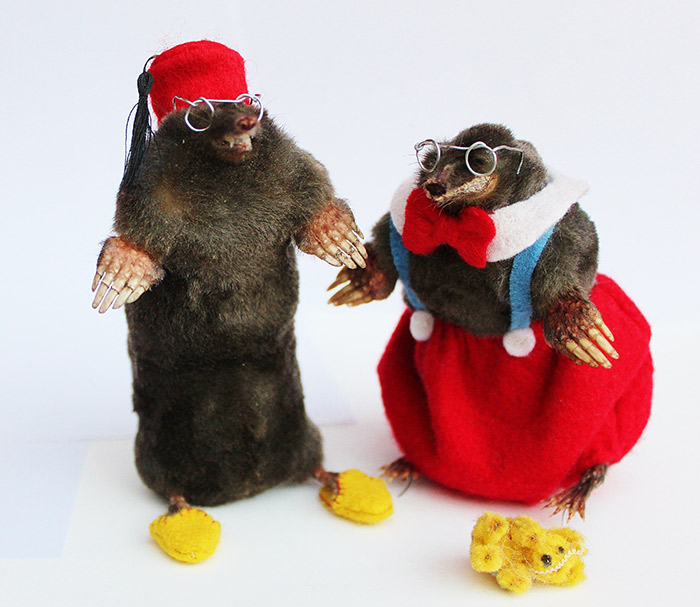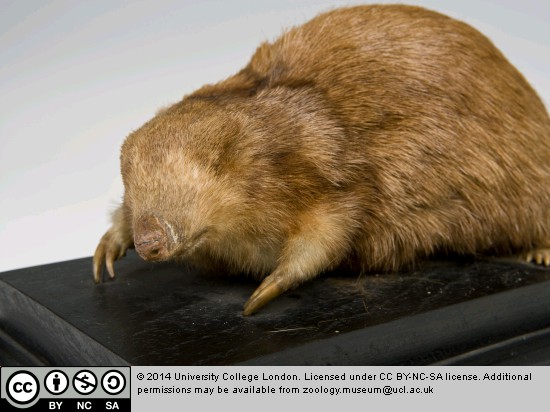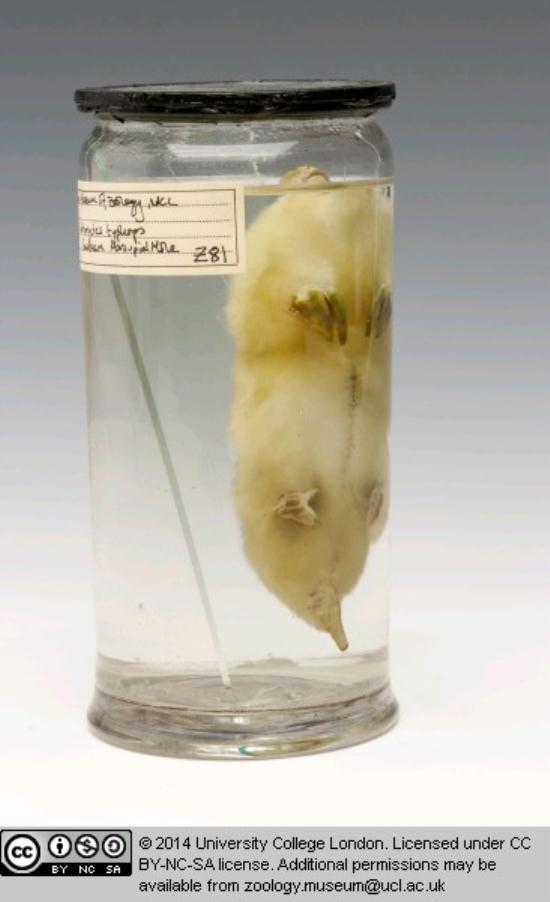
Available for viewing (and more information on) at: Grant Museum, London.Image copyright held by : UCL Museums/Grant Museum.
This jar contains 18 moles. According the Mark Carnall, the curator of the Grant Museum how they came to be here it is not quite known, although it is thought that they might have been used for teaching and research in zoology and comparative anatomy, which historically included animal dissection.
The Glass Jar of Moles has it’s own twitter account, @GlassJarOfMoles. This is how they are described on twitter: “We many moles proudly reside at @GrantMuseum. A disparate lot, our interests lie in adventure, science, equality, educational disadvantage, history & worms.”
These moles also appear on the Museum of Unthings, providing an interesting, alternative story to this object.
The Grant Museum has an adoption facility. You can not adopt these moles as someone already has, though there are many others you could chose from. Check here if your interested.
Image courtesy of Teaching and Research Collections and UCL Museums.
![]() Physical Object available to view at UCL Museums. (Search Grant Museum Catalogue: Z2754 )
Physical Object available to view at UCL Museums. (Search Grant Museum Catalogue: Z2754 )
